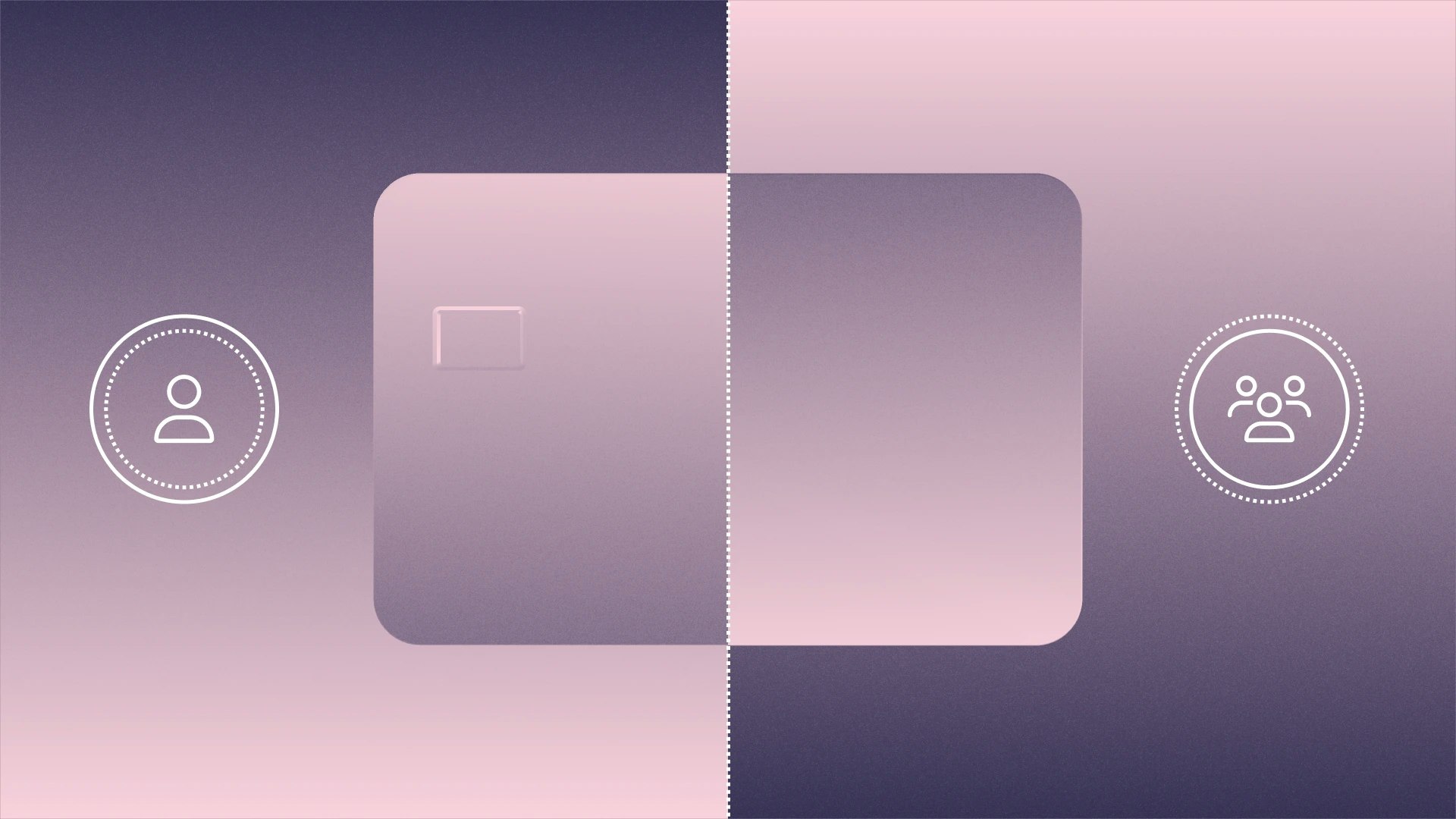Creative ways to lower your CAC

Former product manager turned content marketer and journalist.
Ad spend. Click-through rate. Channel optimization. If you find these words frustrating, you’re not alone. Many traditional marketing tactics aren’t as effective as they used to be, especially for smaller startups. If you’re operating on a tight, early-stage budget, you might not be able to afford the experimentation needed to find the most effective paid channels. And sometimes, the cost to run paid campaigns is simply too high.
Fortunately, there are many ways to reduce your customer acquisition costs. Even better? Not only are some of those options arguably quite interesting — but they can have even better outcomes than traditional advertising. Like any marketing effort, it can still take some time to see ROI, but since you’re paying less, it might be worth the wait, depending on your budget and level of urgency.
Let’s take a look.
Affiliate and referral programs
Good, cost-effective marketing takes strategy, finesse, and creativity to deliver — and even then, it can be spend some to make some. According to WordStream by LocalIQ, the top 25% of advertisers see only a 5% conversion rate. While a 5% conversion rate might offset advertising costs, you’re still spending money to reach 95% of people who aren’t interested within an audience segment. Not all is lost — gaining brand visibility even without a sale or signup can be incredibly valuable — but sometimes you’re in need of shorter-term gains.
With affiliate and referral programs, on the other hand, you only pay when you make a sale. You typically structure these arrangements as a percentage of the total sale, a percentage of the initial subscription term, or another pre-defined amount. The amount of affiliate and referral payouts can vary widely, so make sure you have an agreement in place that clearly outlines how much you’ll pay. Also: make sure the agreement states that payout happens when you’ve received cash from the customer, not when the sale occurs.
Power users or product champions within your existing customer base can make good affiliates or referral partners. Successful affiliates often have well-established audiences (such as an email list) that would be interested in your product — they share links with that audience, and, in the simplest terms, they get paid when someone who clicked through from their link converts on your product. Referrals happen when someone makes a personalized introduction (either directly or via a referral link) to your sales team or the like. Both add a trust factor to the buying decision, making it easier to make a sale.
While affiliates and referral partners usually have little or no upfront cost, they can introduce some administrative work. You need a way to keep track of the sales so you can pay your partners. Apps like Partnerstack or Rewardful can generate affiliate links and track the amounts owed to affiliate partners.
Referrals can be trickier, especially if the intros happen via email. You might use custom links, create a spreadsheet or automated tracker, and/or use your CRM to track the referrals through to closing, and then pay your referring partner once you’ve received money from the new customer.
Influencer marketing and UGC
Flashy, polished content (especially video) can be time-consuming and expensive to create. It’s also often unnecessary: your buyers may be perfectly happy to watch a video of real people solving a problem or sharing information about how your product makes a difference in their lives.
Relying on influencers and user-generated content (UGC) rather than highly produced studio videos can lower your CAC by making content more affordable and potentially more effective. The influencer or user absorbs much — or all — of the production cost. If done correctly, the videos feel authentic and not sales-y, which can attract more buyers.
Though the content produced by influencers and users might have similar styles, it’s generally distributed in different ways. With UGC content, you pay a creator to create something you distribute on your social channels. You obtain the rights to redistribute as you see fit. Influencer content is distributed on their social channels, and has the added benefit of reaching the influencer’s audience.
If you select the right influencer partner, you can reach a highly targeted audience of potential customers.
Some things to consider:
- Size of the influencer’s audience
- Location of the influencer’s audience, if that matters for your product
- Demographics, industry, or other characteristics of the audience
- The influencer’s prior success with other brands
Keep in mind that a single paid post might not get a lot of traction, since every social network is subject to the whims of its algorithm. Consider talking to the creator about a package of content or targeting multiple platforms. Some brands have seen success with a “blitz” influencer campaign: paying multiple creators to flood the feed of sites like LinkedIn on the same day at the same time. With both UGC content and influencers, you’ll want a legal agreement that clearly outlines the scope of what will be created, who owns the work, and how the work will be distributed.
You can connect with influencers and creators through influencer marketing agencies, or source your own through sites like Passionfroot or Bazaarvoice.
Brand and personal brand
“People buy from people,” as the saying goes. The more you focus on brand and personal brand, the potentially lower your CAC because you’ve already overcome the hurdle of brand awareness and building trust.
A 2023 report from global communications firm Edelman entitled “Trust and Brands: The Collapse of the Purchase Funnel” found that 79% of consumers interact directly with brands, such as engaging on social media, sharing feedback, and participating in brand activities.
Advertising and other forms of marketing rely heavily on “right place, right time.” With branding, if you consistently show up where your audience is, your target buyers will think of your company when they need a solution. Sometimes, employees even use a consistent emoji in their profile names on LinkedIn to further promote the brand (like a 🦕 for Commsor or a 💎 for UserGems).
Personal brand, in particular, has no direct cost. If you, as the founder, or some of your employees (especially those whose network is full of your target audience) share content on social channels, the only cost is your time. While the results may be hard to quantify, you can watch social engagement metrics over time, and keep ask potential customers how they heard about your company during an onboarding survey or initial sales call.
AI-powered solutions
We’d be remiss to not mention AI and automation — which can help reduce human overheard and, if leveraged thoughtfully, help buyers along in their decision-making.
It’s a balancing act: you want potential buyers to talk to a human if it's an important part of the process. After all, an exceptional experience is tightly tied to a customer’s perception of a brand. At the same time, there are ways to speed up internal tasks and free up your employees for more high-value interactions.
Of course, purchasing an AI-powered product comes at a cost. However, that cost might be lower than other customer acquisition costs, enable increased scale, and result in higher-value relationships. Do your math.
For your sales motion
Companies can leverage AI scoring within a CRM or another tool to create a more efficient customer acquisition process. If you connect high-quality or high-value prospects with humans, you can send lower-quality leads through a more automated buying experience (such as self-serve or nurtured through an email sequence), helping direct your team’s time to the highest-impact results..
AI solutions may also be able to surface leads within a CRM, helping sales reps identify the best time to reconnect and reducing wasteful sales activities.
For websites
AI tools can help guide customer behavior based on website activity. For example, on an e-commerce site, AI can power product recommendations based on a customer’s page views. If successful, this can help increase the value of every transaction.
You can also add a chatbot to your website to answer basic customer questions (with the option to escalate to customer service, of course). Chatbots can quickly get your consumers the information they need to make a purchase and reduce the burden on customer service staff.
Don’t forget about retention and expansion revenue
Depending on your industry, landing any new customers might feel like a tall order in a tough economy. If you’re asking yourself, “How can we reduce customer acquisition costs?” the answer might be, “It’s expensive right now, no matter what route you take.”
Many marketing teams are shifting their focus to existing customers to achieve company revenue targets. When the overall customer lifetime value (LTV) increases, you effectively lower CAC. This might involve a focus on expansion revenue (upsells and cross-sells), or improving overall customer retention. You can increase revenue while decreasing the pressure and resources needed to acquire new customers.
To increase the value of your existing customers, consider focusing on customer success manager relationships so you can identify the right opportunities. You can also use product analytics to target customers with email campaigns that feel like a natural extension of their current product usage. Customers are smart, and they don’t want to feel like they’re being “sold to.” They may be more likely to respond to tactics that put their needs and interests front and center.
Another thing to consider: if you can increase overall revenue with existing customers, you might find you have more money to invest in additional customer acquisition, whether you want to run ads or try more creative tactics.
About the author
Anna Burgess Yang is a former product manager turned content marketer and journalist. As a niche writer, she focuses on fintech and product-led content. She is also obsessed with tools and automation.
Related reads

The 8 most common inventory mistakes (and how to fix them)

What your first consulting retainer agreement should cover — but often doesn’t

Are business credit card rewards taxable?
